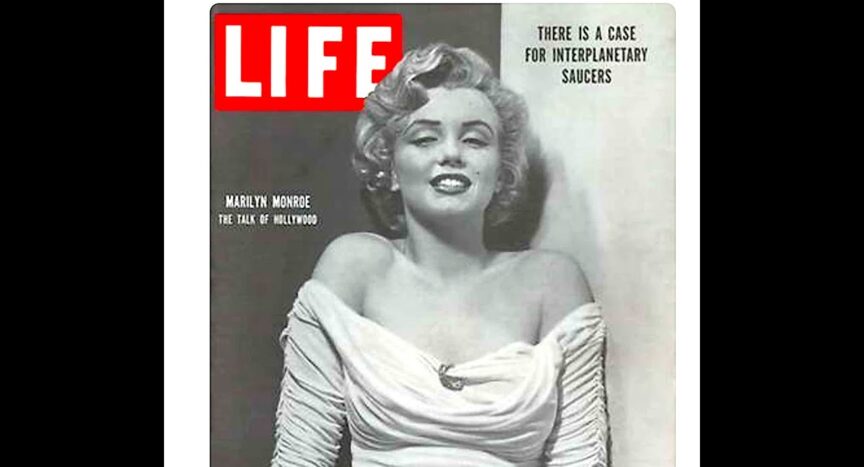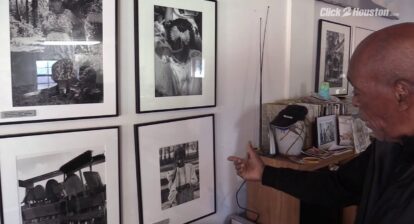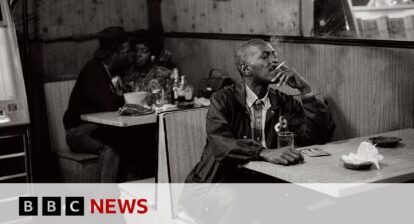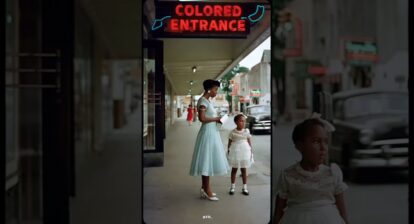This is a clip from a television special that I made back in the late 1980s for the 50th anniversary of Life Magazine. You can see the entire film here – https://youtu.be/lUlIWZlHmcs
Life Magazine photographers and photojournalists were uniquely great for several reasons, which helped define the golden era of photojournalism:
Life Magazine was one of the first publications to emphasize the power of photography in telling stories. The photographers were masters of visual storytelling, capturing moments that conveyed complex narratives without the need for words. This approach was revolutionary and set the standard for photojournalism.
The photographers were able to capture iconic images that became symbolic of entire eras. These images not only documented events but also shaped public perception and memory of historical moments. Examples include Alfred Eisenstaedt’s “V-J Day in Times Square” and Joe Rosenthal’s “Raising the Flag on Iwo Jima.”
Life photographers often had unprecedented access to significant events and figures. Whether it was World War II, the Civil Rights Movement, or everyday life across America, Life photojournalists were on the front lines, providing intimate and detailed coverage that other publications often could not match.
The photographers were highly skilled in using the technology of their time. They mastered the use of film cameras, darkroom techniques, and early color photography, ensuring that their images were not only compelling but also technically excellent. This technical skill allowed them to capture images in challenging environments, from war zones to remote locations.
Many Life photographers had a deep understanding of the human condition and were able to capture the emotions, struggles, and triumphs of people from all walks of life. This ability to connect with their subjects and convey their stories with empathy and depth set them apart from other photographers.
Life Magazine had a clear editorial vision, emphasizing the importance of photography in documenting and understanding the world. The collaboration between photographers, editors, and writers at Life ensured that each photograph was carefully selected and presented within a broader narrative context, enhancing its impact.
The images published in Life Magazine often transcended the pages of the magazine, influencing art, culture, and politics. The photographers were not just documenting history; they were shaping it by influencing public opinion and awareness on critical issues.
The photographers were often placed in dangerous or uncomfortable situations, from war zones to civil rights protests. Their dedication to capturing the truth, often at great personal risk, exemplified the courage and commitment required in the field of photojournalism.
Life Magazine had a global readership, and its photographers contributed to a worldwide understanding of significant events. Their work had an international influence, helping to define global visual culture in the 20th century.
World War II was a period that saw the emergence and recognition of photojournalists whose work profoundly impacted the public’s perception of the conflict. Their photos served as a direct visual connection to the front lines and the home front, capturing the human, emotional, and sometimes brutal aspects of the war.
Joe Rosenthal: Famous for his photograph of the flag raising on Iwo Jima, which became one of the most iconic images of World War II and won the Pulitzer Prize. The photo symbolized hope and victory to many Americans and became emblematic of the Marine Corps and American effort in the Pacific.
Carl Mydans (in my clip) was famous for his coverage of World War II for Life magazine, Mydans captured significant events like the fall of the Philippines. His ability to convey the emotion and intensity of moments made his photographs a powerful document of the time.
Loomis Dean (in my clip) is an acclaimed American photographer best known for his work during the World War II era. During that war Life magazine played a crucial role in documenting it. Dean was on the front lines, capturing the human aspects of war, the condition of soldiers, and the impact on civilian life.
What made the photos of Loomis Dean and the others so effective and powerful was not only the technical skill and bravery to capture such moments but also their ability to convey the profound human emotions—fear, triumph, suffering, and relief. These photojournalists brought stories & people into the living rooms, making an abstract conflict intensely personal and impossible to ignore. Their work has left an indelible mark on the history of photography and the collective memory of World War II.







